SQA Regulatory Surveillance Summary 4 | Monthly Update 2021
SQA
JUNE 10, 2021
Commission in March 2015 after the publication, in December 2014, of the Q3D Guideline on Elemental Impurities (EI) by the International Council for Harmonization (ICH). Backgrounder – Government of Canada Investments in Biomanufacturing, Development of COVID-19 Vaccines and Therapeutics, and Research, 18 May 2021.

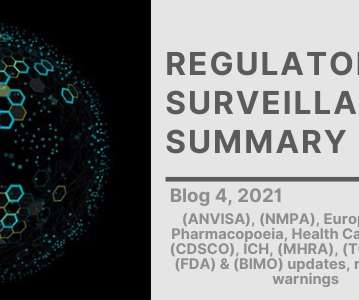

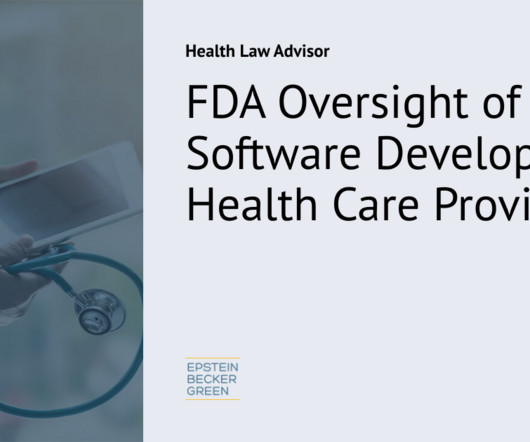
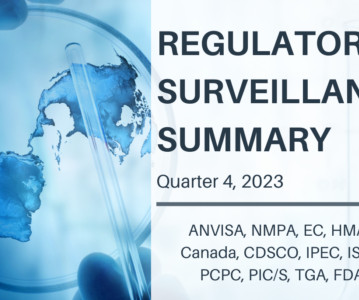
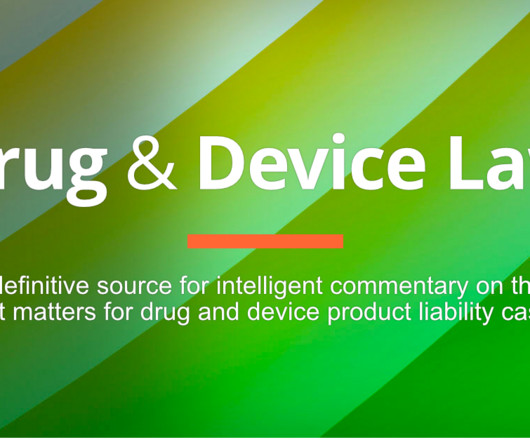
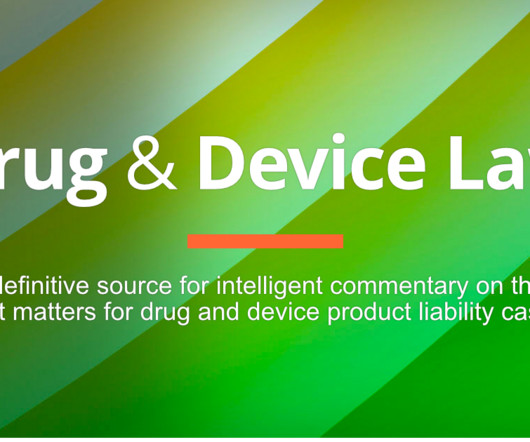
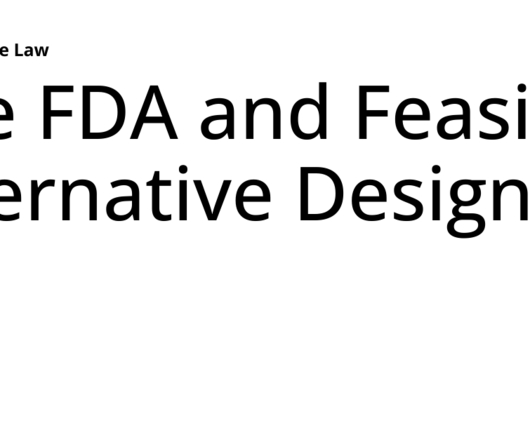






Let's personalize your content